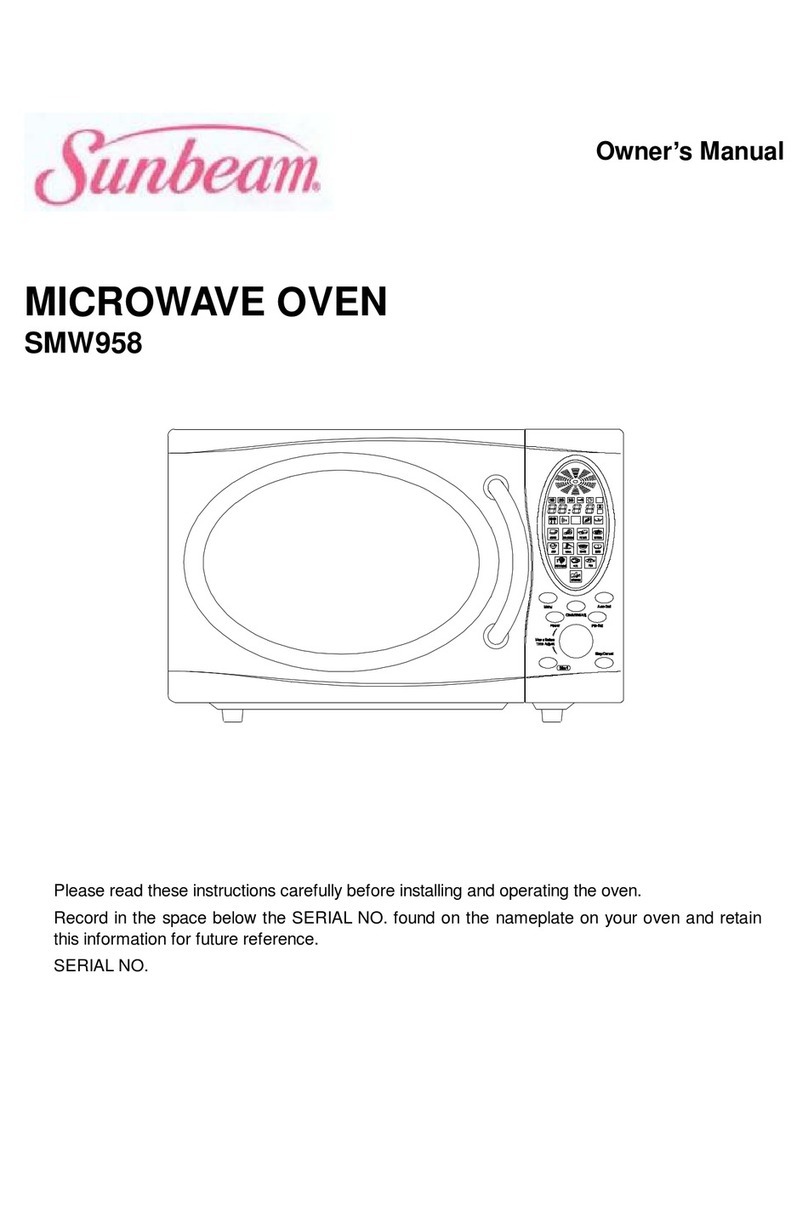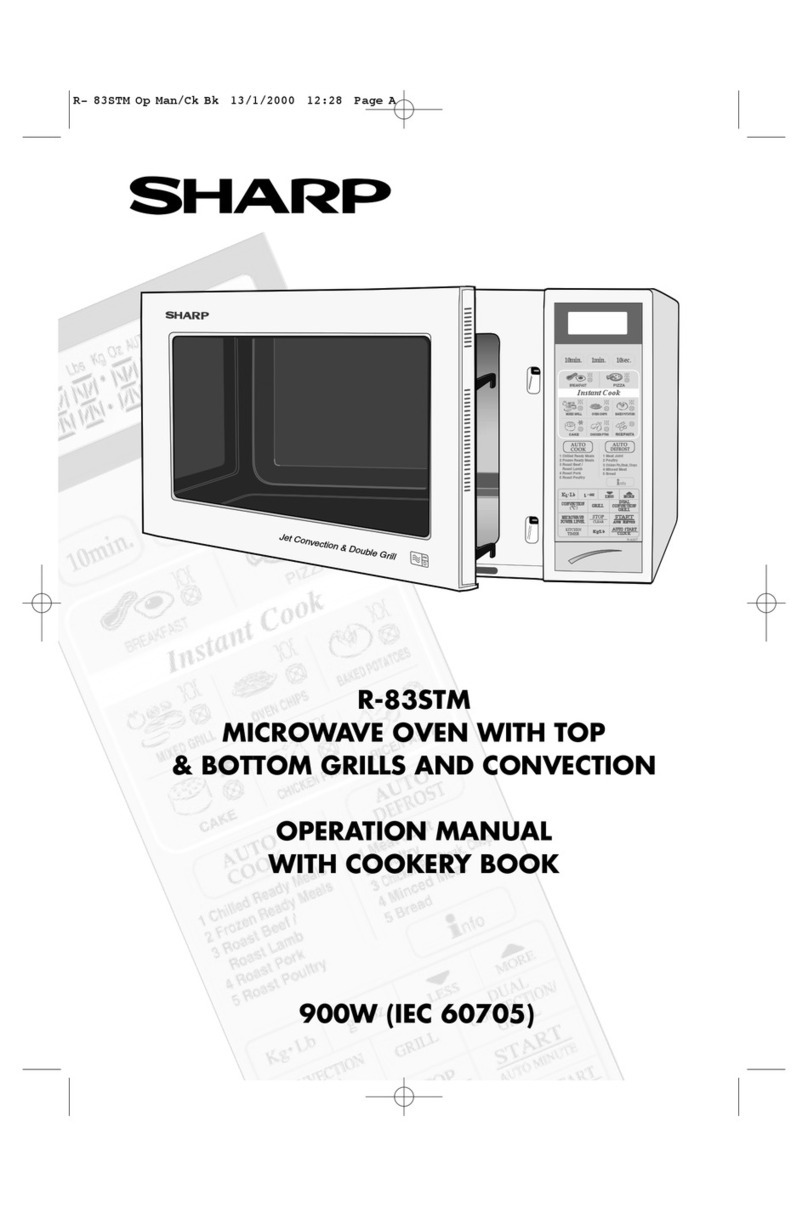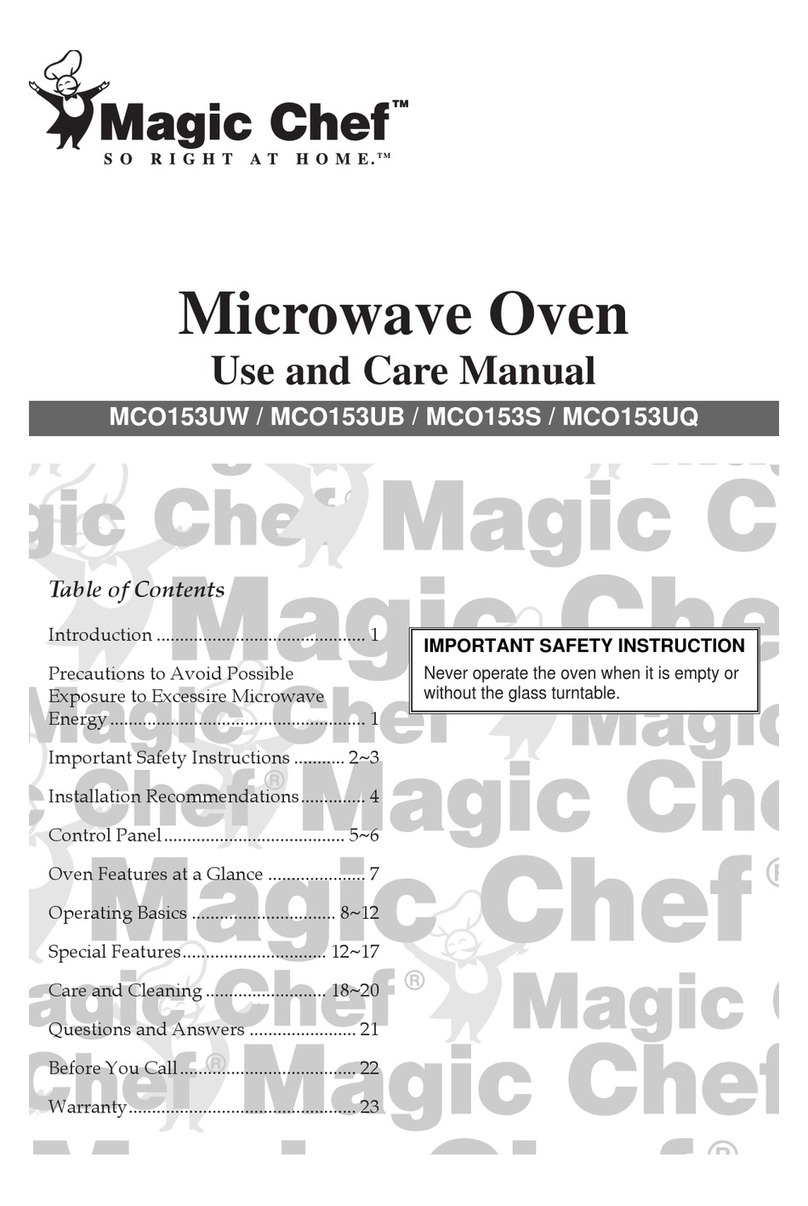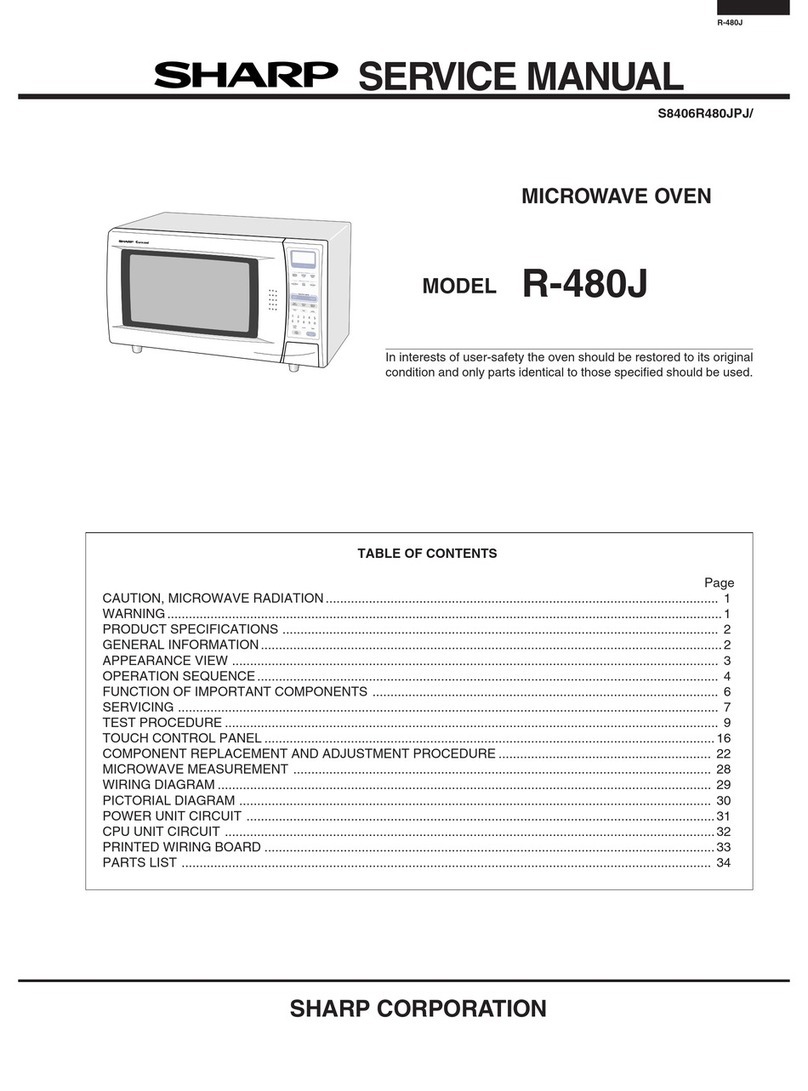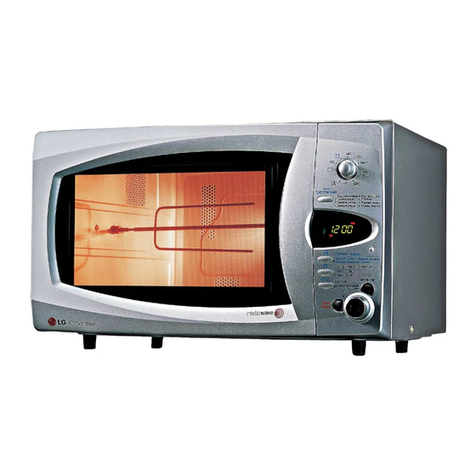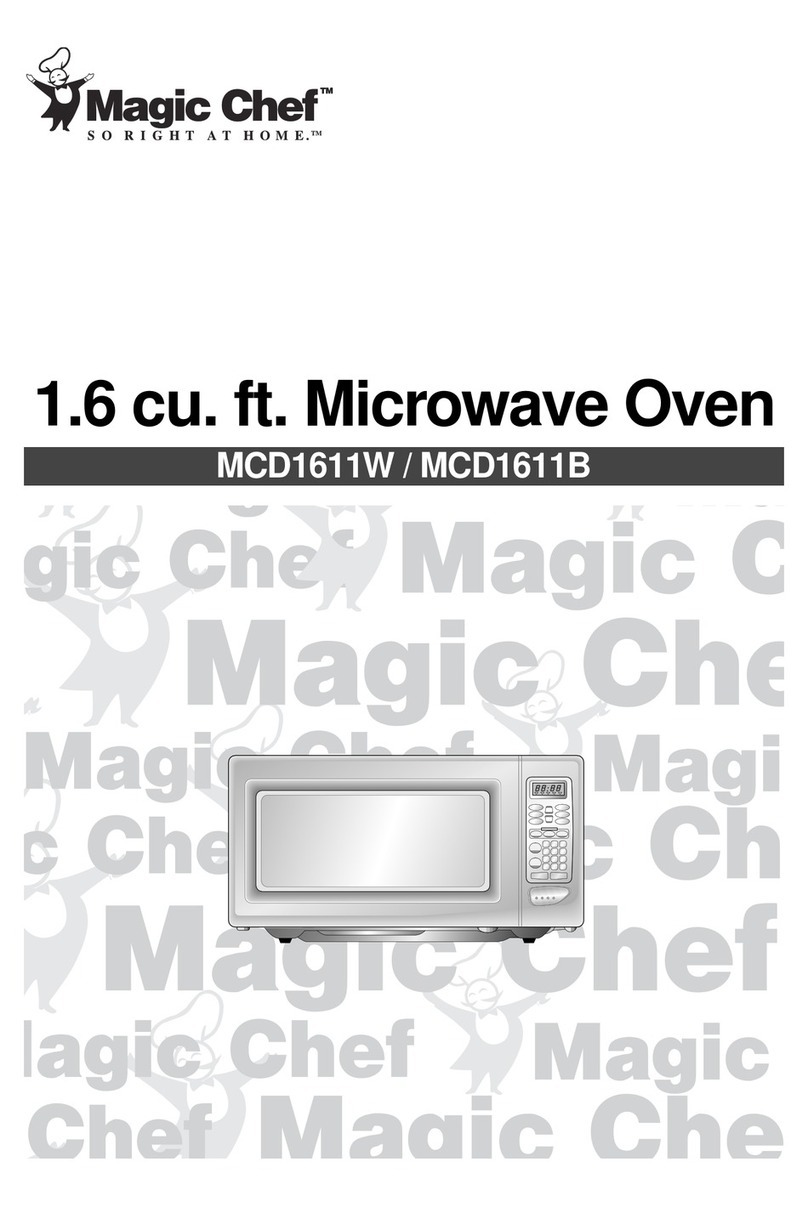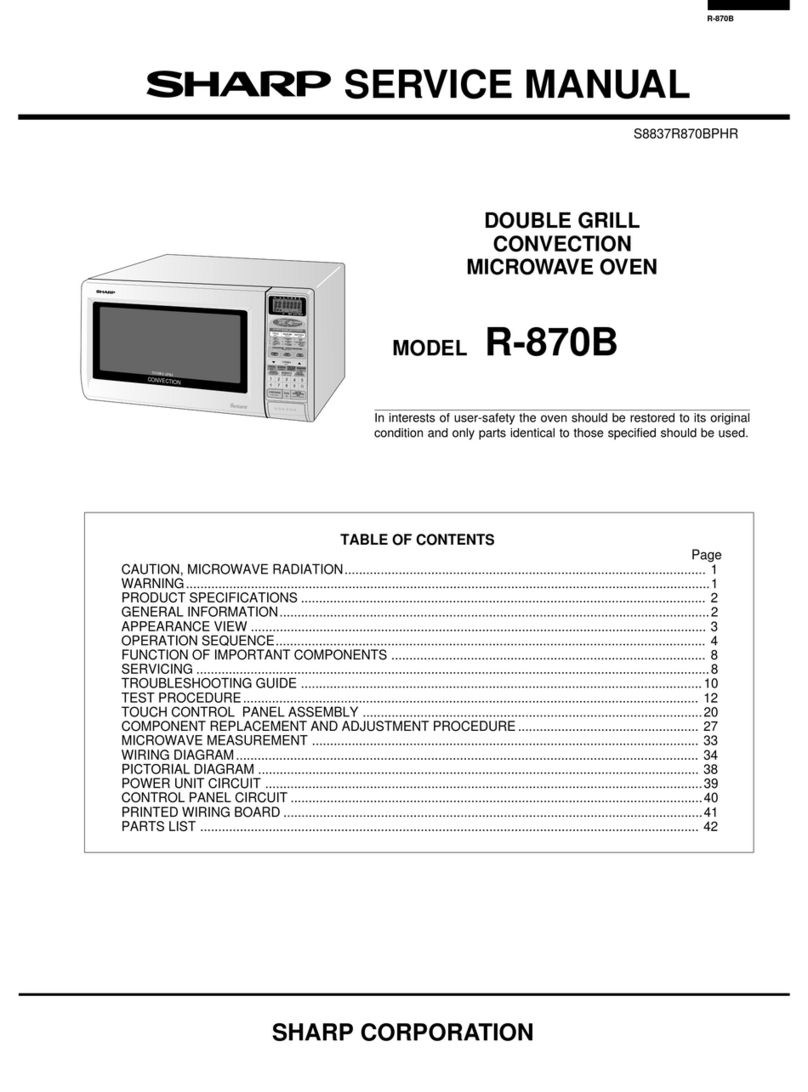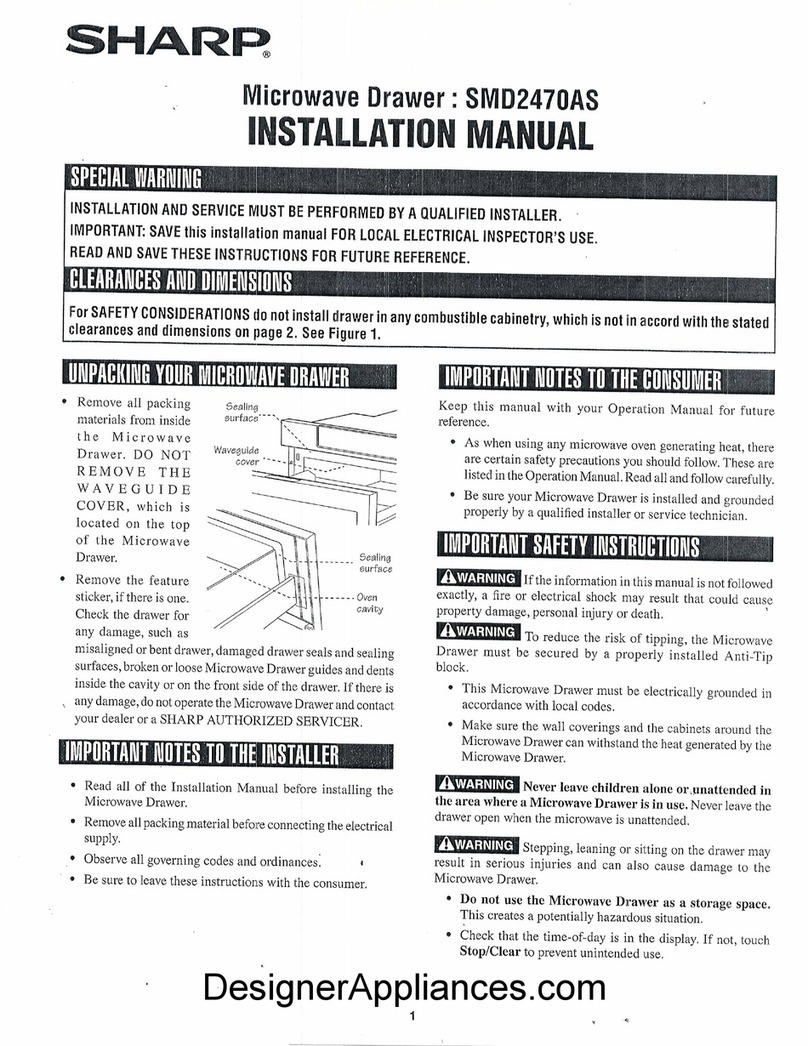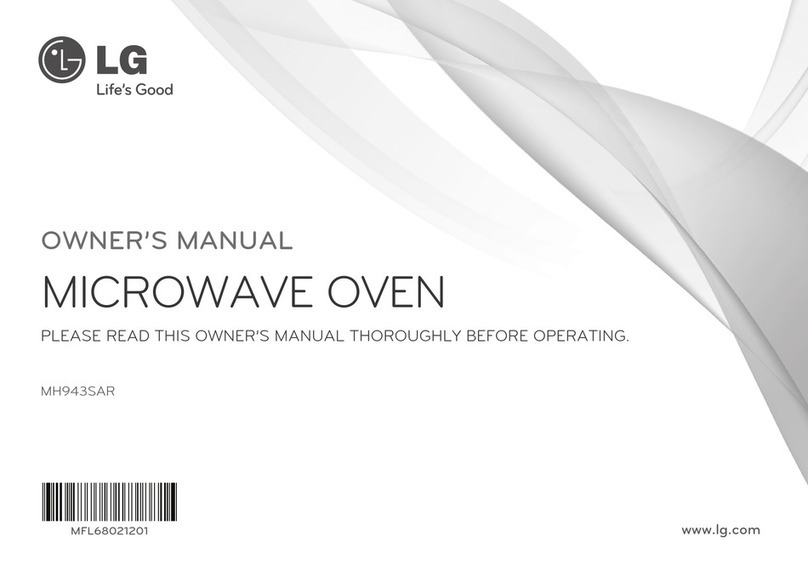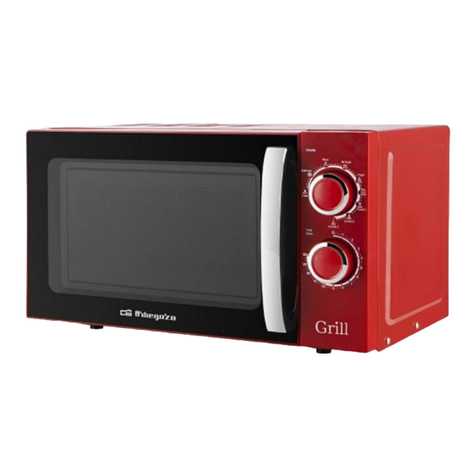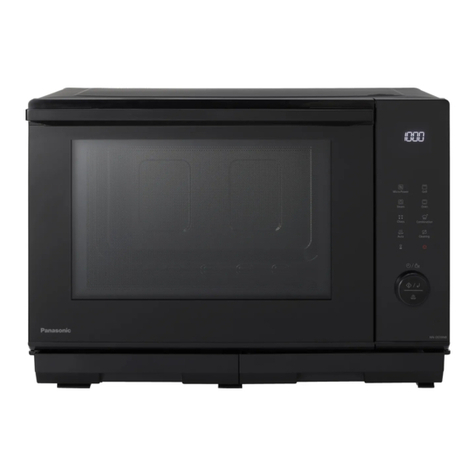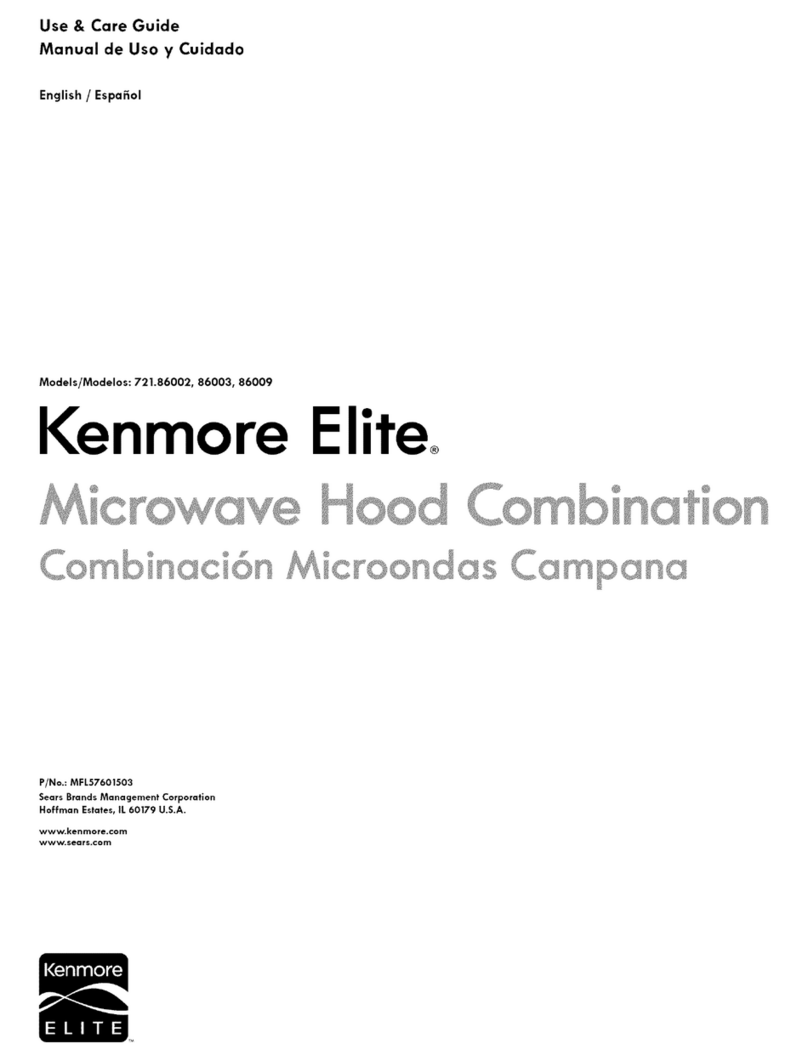Crow CSB - 60 Manual

1
ELECTRONIC ENGINEERING LTD.
INSTALLATION INSTRUCTIONS
&
USER MANUAL
P/N 7111060 Rev. 1.0 Y.S/A.Y
CSB - 60
Microwave barrier
Outdoor Detector 60 Range

2
The CSB-60 is a bi-station microwave detector for outdoor applications. It
comprises a transmitter (T) and receiver (R) which, when mounted facing each
other, create a perimeter protection with coverage of up to 60m. The dimensions of
the antenna’s lobe vary according to the chosen antenna, the distance between the
two units and the selected system sensitivity.
The CSB-60 Microwave barrier is an advanced detector utilizing state of the art
Microwave technology eliminating false alarms while maintaining high security
standards for the detection of human intruders into a protected area.
The CSB-60 is designed to protect large areas and can easily be installed on any
type of fence or pole in order to provide a solid barrier protection and block all
perimeter activities; this barrier rejects interferences of birds and small animals due
to its original method of false alarm elimination.
Several CSB-60 systems can be combined in order to provide a complete perimeter
protection with unlimited space or shape.
The CSB-60 is designed for continuous round-the-clock operation and keeps its
characteristics within a wide temperature range of -40°C up to +60°C and a relative
humidity of up to 98%.
Features:
•Detection Range: Up to 60m
•Operating Temperature: -40°C to +60°C
•Power Input: 12 ~ 30 Vdc
•Detect human intruders walking, running or crawling.
•Quick and easy installation on pole, fence or wall.
•No maintenance required.
•High RFI/EMI Immunity.
•Protection from: Power supply failure, direct sunlight, wind up to 30 m/sec, snow
and rain, small animals, ground precipitation, snow and grass up to 0.5m,
removing the top cover, housing destruction, electromagnetic masking of the
receiver.

3
Installation instructions.
Selecting mounting location
The installation of the CSB-60 requires that the transmitter and the receiver face
each other, so that the two antennas may be correctly aligned.
The two units must be positioned in direct line at the edge of the area. Local
conditions of the protected zone must be free from obstacles like walls, fences,
trees and ditches or other microwave detectors and systems of anti-intrusion
surveillance.
In order to ensure suitable operation of the CSB-60 type of ground should be one of
the following: Asphalt, Cement, Soil, Clay, Gravel or Grass (mown).
Avoid the following locations.
Avoid installation of CSB-60 on the following type of ground: Thick vegetation,
Grass (unmown), Water, Sand and a Metal.
The ground must not have movable parts near the sensitive zone, any grassy areas
must be frequently mown, there should not be any flowing water, especially
longitudinally, ground where structural features may be changed.
The installation site should satisfy the following requirements (see fig. 1):
•The surface of the site should be leveled with a maximum slope angle of 15°.
•No obstacles as bushes or group of trees within a distance of 1m from the
centerline between two units.
•Depth of snow on the ground should not be more than 0.5m.
•Height of a grass on the ground should not exceed 0.3m. It is important to mow
the grass regularly to avoid its movement interfering with the microwave
signal.

4
Maximum height of grass on
the ground = 0.3 m
Maximum depth of snow on the
ground = 0.5 m
Maximum lenght of protection zone = 60 m
Maximum width of protection zone = 8m
Maximum hight of protection zone = 3m Instalation
height =
1 ~ 1.5 m
Dead Zone
1.5~2 m
Fig.1. Installation and Protection zone
Mounting the detector
Installation on Pole
Use metal or cement poles with a diameter of 90 ~ 100 mm as the support. It is
allowed to install two units on a single support; the two units must be identical (Two
transmitters or two receivers).
Installation height of R and T units should be in a way that the bottom surface of the
plastic housing will be 0.9 ~ 1m above the top of surface (ground and grass).
For pole installation use the two bands connected to the bracket and ensure reliable
fastening of the bands. The unused part of bands may be cut off.
Connect the plastic housing to the bracket using the nuts with the spherical support.
Top installation.
The CSB-60 can be also installed on top of fence or wall.
Installation height of R and T units should be in a way that the bottom surface of the
plastic housing will be 0.3m above top of fence or wall.
The support should be mechanically connected to the fence to ensure reliability.
Cross installation.
In order to avoid “dead zones” under aerials, and to increase the protected area, it is
possible to install multiple CSB-60 systems connected together with overlapping.
Overlap configurations are performed with the units located at the angles of
protected area. The minimum overlap for sufficient coverage must be at least 1.5 ~
2 m, (depending on the sensitivity set and installation height). It is recommended to

5
install an equal number of CSB-60 systems (T and R) in order to close the perimeter
completely. The optimal way is to install transmitters (T) only or receivers (R) only at
the point of overlap.
Receiver Receiver
Receiver
Transmitter
Transmitter
Transmitter
Transmitter
Transmitter
Transmitter
Transmitter
Receiver
Receiver
Receiver
Receiver
Fig. 2. Overlap installation of 2
systems to avoid blind
zones.
Fig. 3. Overlapping Installation of
multiple CSB-60 systems.
Fig. 4. Overlapping Angle and Range Installation
of CSB-60 systems for area protection.

6
TERMINAL BLOCK CONNECTIONS
- 12V + TAMP NO C NC
+12
V
-
TEST
Sensitivity Jumper
Tamper switch
LED
Terminal 1 - Marked “ - ” ( - 12V )
Connect to the negative Voltage output or
ground of the control unit.
Terminal 2 - Marked “ + ” ( + 12V )
Connect to a positive Voltage output of 12 -
30Vdc source (usually from the alarm control
unit).
Terminals 3 & 4 - Marked “ TAMPER ”
Connect these terminals to a 24-hour
normally closed protective zone in the control
unit. If the front cover of the detector is
opened, an immediate alarm signal will be
sent to the control unit.
Terminals 5 , 6 , 7 - Marked “NO” “C” “NC”
These are the output relay contacts of the
detector. Connect to normally closed or
normally opened zones in the control unit.
Terminal 1 - Marked “ + ” ( + 12V )
Connect to a positive Voltage output of 12 -
30Vdc source (usually from the alarm control
unit).
Terminal 2 - Marked “ - ” ( - 12V )
Connect to the negative Voltage output or
ground of the control unit.
Terminals 3 - Marked “ TEST ”
Apply 5-30 Volts from alarm station to the
terminal marked TEST.
Receiver Board
Transmitter Board
Terminal Block
Terminal Block
Fig. 5. PCB Layout.

7
CONTROL UNIT WIRING CONNECTIONS
Fig. 6. Control Unit and CSB-60 – Wiring Diagram
1
2
3
-12V+ TAMP NO C NC
Sensitivity Jumper
Tamper switch
Receiver board
Transmitter
Board
+-TEST
POWER
SUPPLY
12-30 V
ALARM
BOARD
(For normal closed
alarm circuit)
Control panel
-
12Vdc
+12Vdc
Test button

8
TEST AND TUNING
For preliminary set-up, focus the receiver and transmitter as if a virtual direct line
connects the receiver and the transmitter.
Make sure that the antenna’s radiating surfaces of R and T are parallel (radiating
surface is perpendicular to the virtual direct line).
1.
Take off the cover from receiver - R (fig. 7) and transmitter - T (fig. 8) units.
2.
Make sure you switched on the power supply and outgoing electric circuit of the
sensor correctly as shown in fig. 6.
For initial operation, set the sensitivity jumper on the receiver board to position 2
as shown in fig. 5.
To increase the sensitivity set jumper to position 1.
To decrease the sensitivity set jumper to position 3.
3. Adjustment of the aerials receiver and transmitter.
For the optimum operation, adjust the angle and azimuth of the units.
Switch on the power supply to receiver and transmitter.
ALARM LED must be ON.
4. Wait for 2 minutes warm-up time. No moving objects must be in the protected
area during this time. Wait until ALARM LED turns OFF (end of warm-up time).
5. Cross the middle part of the protected area. The ALARM LED will turn ON and
the relay will switch over for 3 Sec.
6. Replace the cover on receiver and transmitter units.
Fig. 7. CSB-60R - Receiver unit
with binding band. Fig. 8. CSB-60T - Transmitter
unit with binding band.

9
Test procedure
Walk Test
After tuning the sensitivity, connect 12Vdc power to the system.
Allow 2 minutes warm-up time.
Make sure that the protected area is cleared of all people.
Cross the middle part of the protected area.
An alarm signal should be received in the control unit for 3 Sec.
NOTE: Walk Test procedure should be conducted, at least once
a year, to confirm proper operation and coverage of the
detector.
Remote Test
Apply 5-30 Volts from control unit to the terminal marked TEST (on the transmitter
unit).
An alarm signal should be received in the control unit for 3 Sec.
NOTE: During regular operation it is recommended to conduct
remote test every day to confirm proper operation of all
system.

10
SPECIFICATIONS
Microwave Frequency 2.45 GHz
Modulation Frequency 2.5 KHz
Maximum Transmitting Power 10mW (Continues) 25mW (Peak)
Scope (Length of protection zone) Max. 60 m
Lobe Width Approx. 8 m
Lobe Height Approx. 3 m
Power Supply Voltage 12...30 V
Current consumption Transmitter - 20 mA at 12Vdc
Receiver - 20 mA at 12Vdc
Relay contacts values N.C 28 Vdc, Maximum current 0.1 A
Alarm Period 3 Sec (Max.)
Tamper Switch N.C 28 Vdc Maximum current 0.1 A - open when
cover is removed
Detection Speed (Target velocity) 0.3 ... 10 m/sec
Remote testing Built-in self-test generator simulates actual intrusion
signals
Flatness of ground Approx. 0.3 m
Maximum height of grass on the
ground 0.3 m
Maximum height of snow on the
ground 0.5 m
Alarm output - switching over of relay
contacts for the time Minimum 3 Sec
Dimensions of unit (Trans./Rec.)
w/o bracket 158 x 113 x 46mm
Weight (T, R and accessories) 1.1Kg
Operating temperature range -40°C ~ +60°C
Weatherproofing •All openings with gasket and sealed
•Conformal coated circuit board
* Specifications are subject to change without prior notice.

11
CROW LIMITED WARRANTY
(CROW) warrants this product to be free from defects in materials and
workmanship under normal use and service for a period of one year from
the last day of the week and year whose numbers are printed on the printed
circuit board inside this product.
CROW’s obligation is limited to repairing or replacing this product, at its
option, free of charge for materials or labor, if it is proved to be defective in
materials or workmanship under normal use and service. CROW shall have
no obligation under this Limited Warranty or otherwise if the product is
altered or improperly repaired or serviced by anyone other then CROW.
There are no warranties, expressed or implied, of merchantability or fitness
for a particular purpose or otherwise, which extend beyond the description
on the face hereof. In no case shall CROW be liable to anyone for any
consequential or incidental damages for breach of this or any other
warranty, expressed or implied, or upon any other basis of liability
whatsoever, even if the loss or damage is caused by CROW’s own
negligence or fault.
CROW does not represent that this product can not be compromised or
circumvented; that this product will prevent any person injury or property
loss or damage by burglary, robbery, fire or otherwise; or that this product
will in all cases provide adequate warning or protection. Purchaser
understands that a properly installed and maintained product can only
reduce the risk of burglary, robbery or other events occurring without
providing an alarm, but it is not insurance or a guarantee that such will not
occur or that there will be no personal injury or property loss or damage as a
result. Consequently, CROW shall have no liability for any personal injury;
property damage or any other loss based on claim that this product failed to
give any warning. However, if CROW is held liable, whether directly or
indirectly, for any loss or damage arising under this limited warranty or
otherwise, regardless of cause or origin, CROW’s maximum liability shall
not in any case exceed the purchase price of this product, which shall be
the complete and exclusive remedy against CROW.

12
ELECTRONIC ENGINEERING LTD.
ISRAEL:
CROW ELECTRONIC ENGINEERING LTD.
57 Hamelacha St., Holon 58855
Tel: +972-3-5569937
Fax: +972-3-5592981
USA:
CROW ELECTRONIC ENGINEERING LTD.
2160 North Central Road,
Fort Lee, N.J. 07024
Tel: 1-800-GET-CROW or +201-944-0005
Fax: +1-201-944-1199
AUSTRALIA:
CROW AUSTRALIA PTY. LTD.
429 Nepean HWY Brighton East Vic 3187
Tel: +61-3-9596-7222
Fax: +61-3-9596-0888
POLAND:
VIDICON
UL. PLOCKA 17,
01-231 WARSZAWA, POLAND
Tel: +48-22-632-5543
Fax: +48-22- 631-3808
LATIN AMERICA:
CROW LATIN AMERICA
168 SE IST Street, Suite # 501, MIAMI,
FL 33131 – USA
Tel: +1-305-372-0334
Fax: +1-305-372-8053
ITALY:
DEATRONIC
VIA Giulianello 4/14
00178 ROMA, ITALY
Tel: +39-0676-12912
Fax: +39-0676-12601
Table of contents
